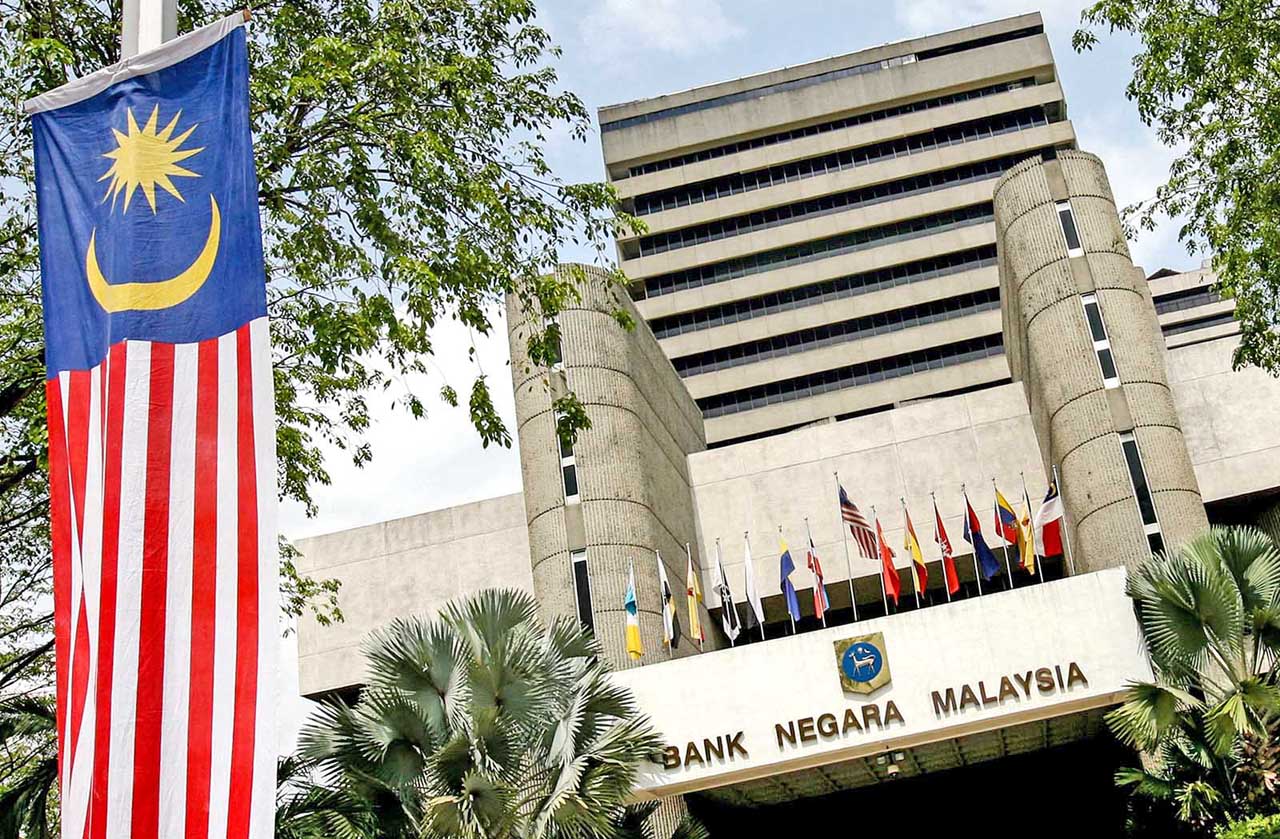AS expected, Bank Negara Malaysia’s (BNM) Monetary Policy Committee (MPC) has today decided to raise its Overnight Policy Rate (OPR) by another 25 basis points (bps) to 2.25%.
The ceiling and floor rates of the corridor of the OPR are correspondingly increased to 2.50% and 2% respectively.
Although the re-opening of the global economy and the improvement in labour market conditions continue to support the recovery of economic activity, the central bank said these have been partly offset by the impact from rising cost pressures, the military conflict in Ukraine and strict containment measures in China.
In its recent research note, the iFAST Research team has expected three more OPR increases amounting to 75 bps during the remaining three MPC meetings his year after the 25bps increase on May 11 to 2% which was the first adjustment since July 2020.
“Inflationary pressures have continued to increase mainly due to elevated commodity prices and strong demand conditions despite some easing in global supply chain conditions,” BNM pointed out in a statement.
“Consequently, central banks are expected to continue adjusting their monetary policy settings – some at a faster pace – to reduce inflationary pressures.”
Going forward, the central bank expects the pace of global growth to moderate and will continue to be affected by the elevated cost pressures, conflict in Ukraine, global supply chain conditions, and financial market volatility.
For the Malaysian economy, BNM said economic activity continued to strengthen in recent months. Exports and retail spending indicators affirm the positive growth momentum, supported by the transition to endemicity.
On the labour market, BNM said unemployment rate has declined further with higher labour participation and improving income prospects. Looking ahead, while external demand is expected to moderate – weighed by headwinds to global growth – economic growth will be supported by firm domestic demand.

Additionally, the re-opening of international borders since April 1 would facilitate the recovery in tourism-related sectors. Investment activity and prospects continue to be supported by the realisation of multi-year projects.
“However, downside risks to growth continue to stem from a weaker-than-expected global growth, further escalation of geopolitical conflicts, and worsening supply chain disruptions,” cautioned the central bank.
“Year-to-date (YTD), headline inflation has averaged 2.4%. While it is projected to remain within the 2.2%-3.2% forecast range for the year, headline inflation may be higher in some months due mainly to the base effect from electricity prices.”
According to BNM, underlying inflation as measured by core inflation is expected to average between 2%-3% in 2022 as demand continues to improve amid the high-cost environment. Nevertheless, the extent of upward pressures on inflation will remain partly contained by existing price controls, fuel subsidies and the continued spare capacity in the economy.
“The inflation outlook continues to be subject to global commodity price developments, arising mainly from the ongoing military conflict in Ukraine and prolonged supply-related disruptions as well as domestic policy measures,” the central bank pointed out.
Amid the positive growth prospects for the Malaysian economy, BNM said the MPC decided to further adjust the degree of monetary accommodation.
This is consistent with the MPC’s view that the unprecedented conditions that necessitated a historically low OPR have continued to recede. At the current OPR level, the stance of monetary policy remains accommodative and supportive of economic growth.
“The MPC will continue to assess evolving conditions and their implications on the overall outlook to domestic inflation and growth,” noted BNM.
“Any adjustments to the monetary policy settings going forward would be done in a measured and gradual manner, ensuring that monetary policy remains accommodative to support a sustainable economic growth in an environment of price stability.” – July 6, 2022
Pic credit: AFP/Getty










